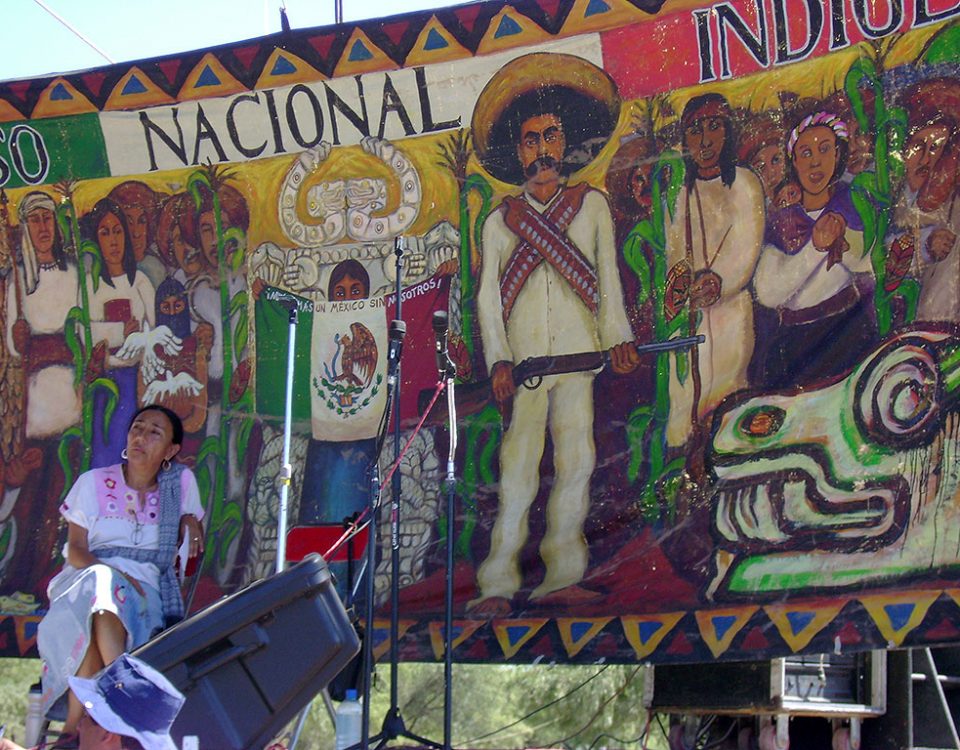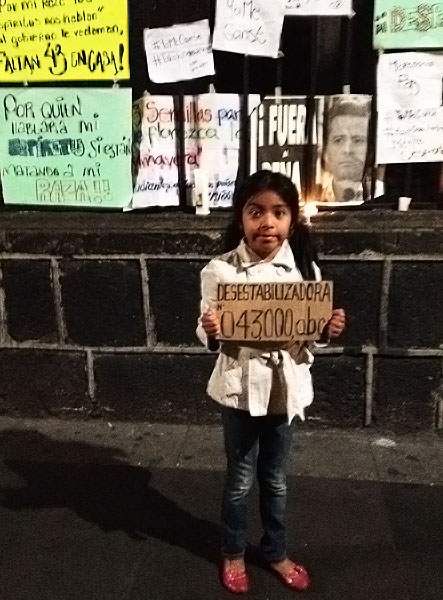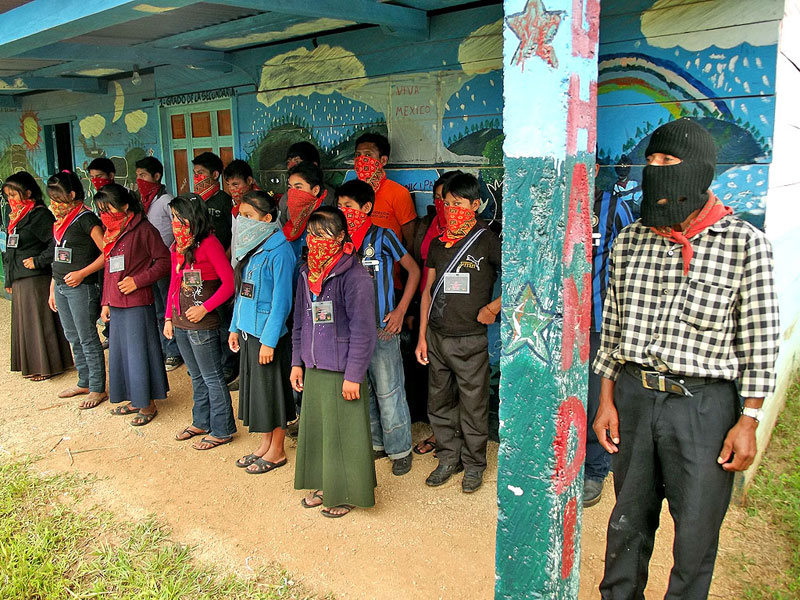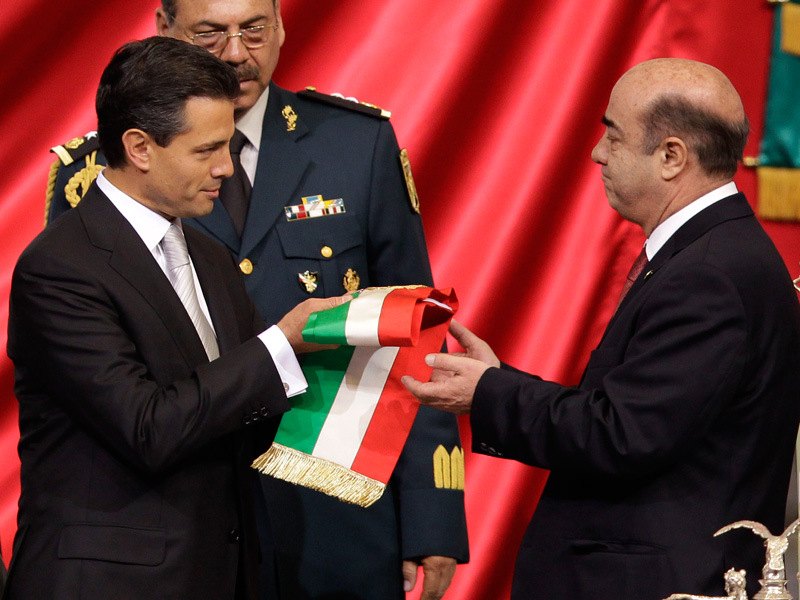SIPAZ Activities (July – October 1999)
30/11/19991995
03/02/2000On January 1, 1994, the Zapatista Liberation Army (EZLN) declared war on the Mexican govern-ment and occupied four county seats in the state of Chiapas: San Cristobal de las Casas, las Mar-garitas, Altamiro, and Ocosingo. Its principal demands were “work, land, housing, food, health, education, independence, liberty, democracy, justice, and peace” (First Declaration of the Lancandon Jungle). The EZLN stressed that it opted for armed struggle due to the lack of results achieved through peaceful protests (such as sitins and marches).
 After 12 days of war, which led to between 145 (according to government statistics) and 1000 (according to the Zapatistas) deaths, the government unilaterally declared a ceasefire and began its first dialogue with the EZLN in the Peace Cathedral, with the bishop of San Cristobal de las Casas, Samuel Ruiz, as their mediator. As an act of good faith, the government freed the Zapatista prisoners and the EZLN released its only hostage, General Absalon Dominguez, ex-governor of Chiapas.
After 12 days of war, which led to between 145 (according to government statistics) and 1000 (according to the Zapatistas) deaths, the government unilaterally declared a ceasefire and began its first dialogue with the EZLN in the Peace Cathedral, with the bishop of San Cristobal de las Casas, Samuel Ruiz, as their mediator. As an act of good faith, the government freed the Zapatista prisoners and the EZLN released its only hostage, General Absalon Dominguez, ex-governor of Chiapas.
In July, after extensive consultation with its support bases, the EZLN rejected the government’s proposals saying these proposals did not respond to the demands of the EZLN. According to the EZLN the proposals were rejected by 98% of those voting in the support bases. They decided to maintain the ceasefire and open a dialogue with civil society. With the Second Declaration of the Lacondon Jungle, they convoked the National Democratic Convention, which took place in August. Six thousand representatives of popular organizations from across Mexico took part.
On the other side, the federal government did not seem disposed to undertake further in-depth negotiations with a rebel movement whose influence it wished to ignore. To force the govern-ment to take them seriously, on December 19, 1994 the Zapatistas penetrated the siege imposed by the Federal Army and with out shedding any blood, they seized 38 county seats declaring them rebel autonomous municipalities. The conflict in Chiapas became a thorn in the side of the government, especially given the fact of the upcoming presidential elections. The economic situation continued deteriorating. At the end of the year, in the midst of fears and rumors of in-stability, Mexico suffered one of the most severe financial crises in recent history.




